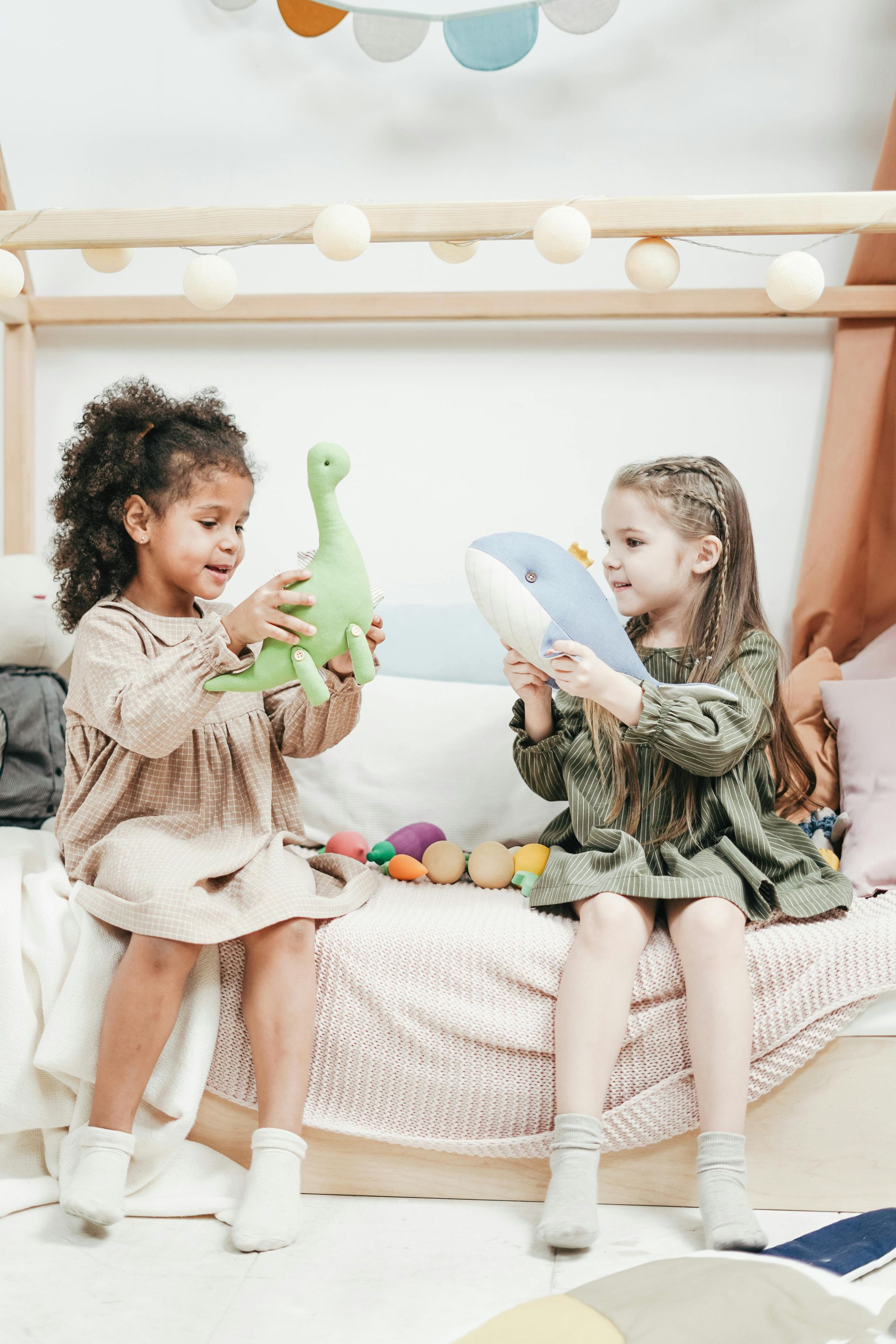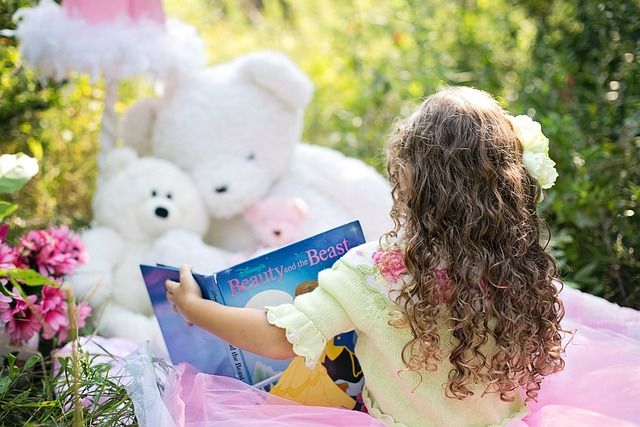An Easy Yet Effective Way to Help Children Struggling to Remember Concepts in School
Does your child struggle to remember facts, figures, or dates in school? A lot of schoolwork involves understanding concepts and applying them, like in math. And even more schoolwork involves memory. Remembering all of those facts can be a challenge for some kids.
I’m school assembly presenter Joe Romano. For the last 30 years, I’ve presented impactful, curriculum-based assembly programs for schools in Virginia and surrounding states. Each month, I write articles like this to help grownups who work with children. This article will reveal a simple way to help students remember information in school.
How Memory Works
When we are born, we do not have language. That’s a skill we have to acquire through learning and repetition. But from the moment we are born, we are hardwired to process information using our five senses: taste, touch, smell, vision, and hearing.
In school, most children learn the information by rote. That is, they study it over and over until it becomes encoded in their long-term memory. For reference, short-term memory does not last very long. As an example, think about the last time you stayed at a hotel. You might still remember the hotel name, what your room looked like, etc. But you likely don’t recall the room number.
Why? The other information – the look of the room, the lobby, and how our bed felt – was all information based on what you could see, touch, and so on. But the room number was an abstract concept, not tied to one of those basic senses.
How to Use Mnemonics to Remember Information Quickly
Mnemonics is based on the idea of using wild imagery and outlandish scenes to make information ‘stick’ in your mind. Let’s try an example. Suppose you want to remember to pick up some apples, wooden spoons, and a package of ground beef at the grocery store.
Instead of blandly trying to remember those three items, you would use wild imagery to make those items stick in your brain. And the more bizarre, the better. You wouldn’t just think of an apple. You’d think of a gigantic Godzilla-sized apple tearing through the city. Maybe the wooden spoons would be like little puppies, ruining around at your feet, yipping and jumping. The ground beef is easy. Think of a cow happily pulling its innards out and handing them to you in ground-up form.
Gross? Maybe. But it works. Here’s a simple example of how to use this technique for use in school.
The Backwards Alphabet
Suppose your students were required to learn the alphabet backward. In most cases, they’d likely take quite a bit of time to do it, similar to how they learned the alphabet in the first place. But by using mnemonics, your students can learn to say the alphabet backward very quickly.
Imagine the following scene…
Remember The Flintstones? Good. Picture Fred in bed sleeping. He’s snoring away, with a series of Z’s coming out of his mouth. Eventually, he wakes up and sits down for breakfast. He notices Wilma making eggs on the stove. He asks, “Why eggs, Wilma?”
He then looks at the newspaper…or in this case, a stone slab. You know, prehistoric family and all. Fred notices an odd picture of a milk jug doing a little dance, or ‘jig’ on the paper. But the milk jug is misspelled. It reads “MLK” with a picture of the great Martin Luther King on it. Since King is born thousands of years after Fred, he’s confused. So, he asks Wilma, “What’s our coupon?” but instead of speaking normally, he says it with a thick German accent: “Vut’s our coupon?” Wilma, meanwhile, has finished her coking. And now she’s feeding Pepples’ cute baby alligators.
How the Flintstones Scene Works
Here’s the alphabet backward: ZYXWVUTSRQPONMLKJIHGFEDCBA.
Fred’s snoring reminds you of the letter Z. Then, his first question to Wilma, “Why Eggs, Wilma?” can easily remind you of YXW. Y sounds exactly like “why.” X sounds enough like “eggs” to serve as a reminder. And W is Wilma’s first initial.
Then Fred’s second question, “Vut’s our coupon?” reminds us of VUTSRQPON. See it? From there, that milk jug doing a little dance reminds us of MLK and JIHG. That pesky H is the only letter we have to remember to put in the middle of the word “jig.” From there, Wilma helps us finish because she’s feeding those cut baby alligators. FED is the past tense of “feed.” And CBA is a perfect acronym for “cute baby alligators.”
Moving Forward
That’s just the tip of the iceberg with mnemonics. When giving your students a list of things to remember, see if you can create a fun little scene to help them remember the details. It’s easy and fun!
And remember kids need a lot of confidence when working on their schoolwork to get through the tough assignments or frustrations. My “The Magic in You” school assembly is perfect to help children do their best. With amazing magic, interactive fun, kid-friendly humor, and more, it’s the perfect introduction to a character education campaign in your school! Contact me today for more information.
SHARE POST



